Business Finance Formulas
1/48
There's no tags or description
Looks like no tags are added yet.
Name | Mastery | Learn | Test | Matching | Spaced |
|---|
No study sessions yet.
49 Terms

Future Value (Annually compounding)
(5.1) Page 245

Present Value (Annually compounding)
(5.2) Page 250

Present value of a Perpetuity
(5.7) Page 259

Future Value (Compounding Periodically)
(5.9) Page 266

Total Rate of Return (Holding Period Return)
(8.1) Page 407

Standard deviation (Historical or Forcast)
(8.4a) Page 415 & (8.3a) Page 414

Standard Deviation of a Portfolio
(8.9) Page 426

Capital Asset Pricing Model (CAPM)
(8.12) Page 437

Present Value of an Annuity + a lump sum
(6.5a) Page 335

The Before-Tax Cost of Debt for a Bond with a $1,000 par value
(11.1) Page 480 (Gitman, Juchau and Flanagan (2011))

Price to Earnings Ratio (P/E)
(3.18) Page 158

After-tax cost of debt
(9.1) Page 472

Required return on common stock
(9.4) Page 475
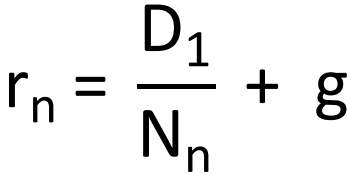
Cost of a new issue of common stock
(9.6) Page 477

Future Value of an Ordinary Annuity
(5.3) Page 253

Present Value of an Ordinary Annuity
(5.4) Page 254

Present value of Annuity Due
(5.6) Page 258

Continuously Compounded Interest
(5.10) Page 268

Effective Annual Rate of interest (EAR)
(5.11) Page 269
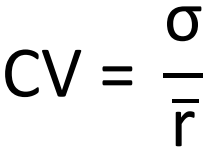
Coefficient of Variation (CV) (= Standard Deviation / Mean)
(8.5) Page 417
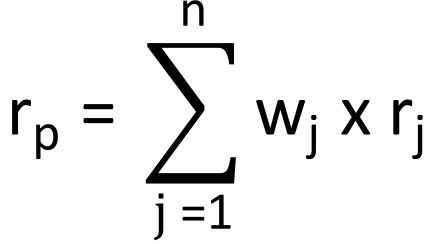
Portfolio Return
(8.6) Page 419

Portfolio Beta
(8.11) Page 435
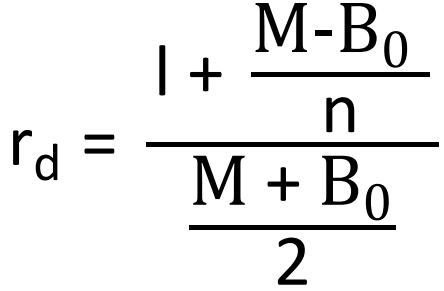
Approximate Yield to Maturity (YTM)
Page 343 & Study Guide Module 1.3
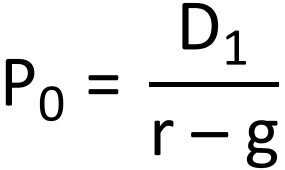
Gordon Growth Dividend Model
(7.4) Page 377

Variable-Growth Dividend Model
(7.5) Page 378 - 379)
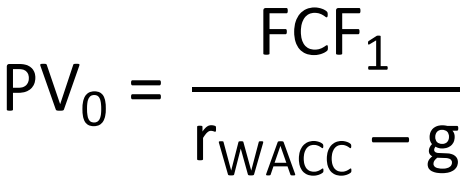
Terminal Value
(11.8) Page 567
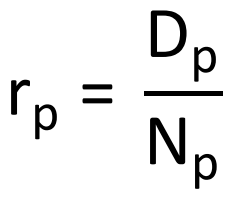
Cost of Preferred Stock
(9.2) Page 473

Weighted Average Cost of Capital
(9.8) Page 479
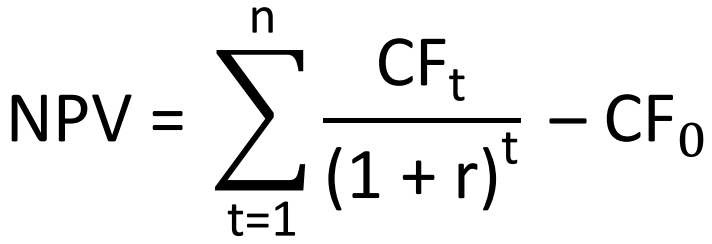
Net Present Value (NPV)
(10.1) Page 510

Payout Ratio
Page 710
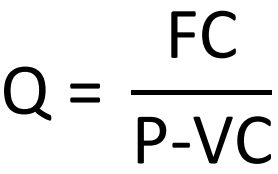
Break-Even Point
(12.3) Page 591

Degree of Financial Leverage (at a base level of EBIT)
(13.7) Page 573 (Gitman, Juchau and Flanagan (2011))

Value of a Firm (using NOPAT & WACC)
(13.11) Page 587 (Gitman, Juchau and Flanagan (2011))

Financial Breakeven Point
Page 590 (Gitman and Zutter (2014))
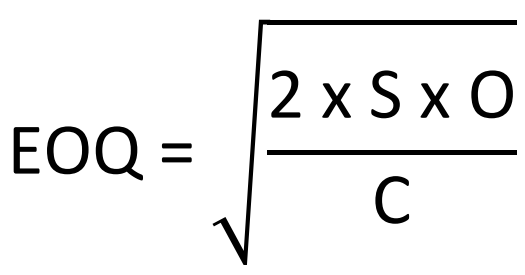
Economic Order Quantity (EOQ) Model
(15.7) Page 750

Total Inventory Cost
(15.6) Page 750

Earnings Per Share
(3.15) Page 155

Indifference Point
Page 614 (Gitman, Juchau and Flanagan (2011))

Accounts Receivable Turnover Ratio
(14.9) Page 636 (Gitman, Juchau and Flanagan (2011))

Average Investment in Accounts Receivable
(14.9) Page 636 (Gitman, Juchau and Flanagan (2011))
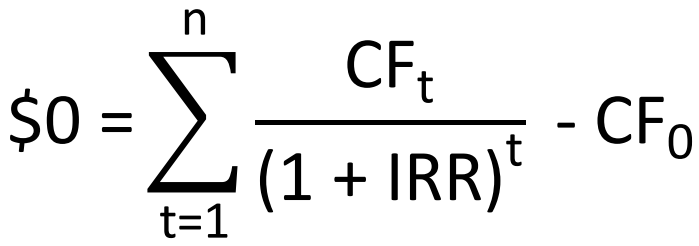
Internal Rate of Return (IRR)
(10.4) Page 517
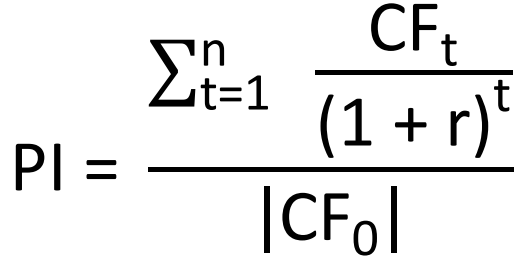
Profitability Index
(10.2) Page 513

Operating Break-Even Point
(12.2) Page 591

Degree of Operating Leverage
(12.6) Page 598

Degree of Total Leverage
(13.10) Page 575 (Gitman, Juchau and Flanagan (2011))

Debt Ratio
(3.8) Page 148
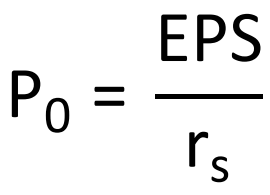
Zero Growth Valuation Model
(13.12) Page 592 (Gitman, Juchau and Flanagan (2011))

Reorder Point
(15.8) Page 751

Ratio of Exchange in Market Price
(18.1) Page 866